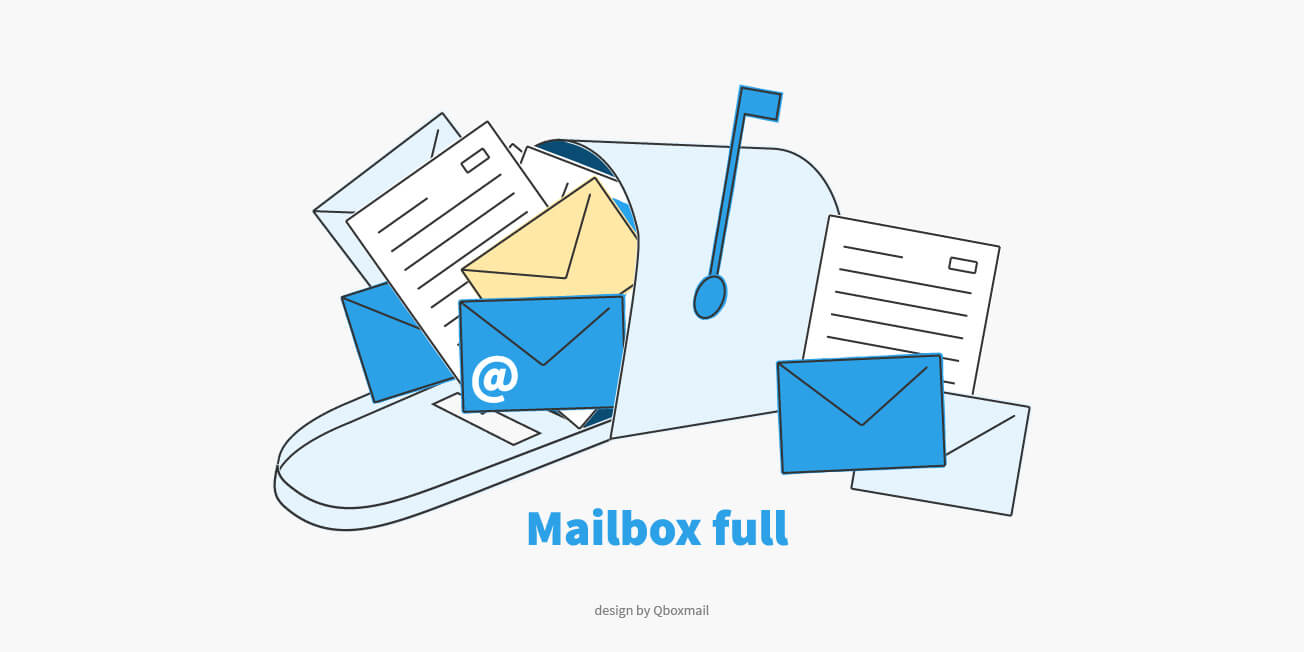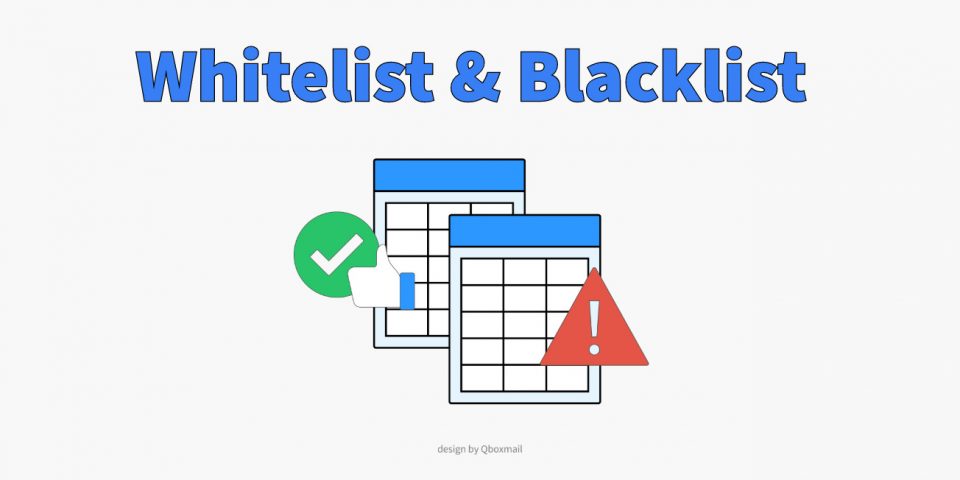Large Email Accounts: how to resolve limits and issues

Companies ask providers for increasingly large email accounts. “My Webmail is slow”, they say. This article explores the reasons leading to having full mailboxes, the issues with managing large inboxes, and the size limits that a webmail can have. It also shows you how to manage and solve these issues.
Email remains the main means of communication amongst companies and customers and also the main tool for sharing files. How many times have you received a PDF file from a colleague —even one sitting right next to you— via email, when he or she could have just saved it on a network disk?
The reason is that sending a file via email is simple, fast and convenient. Furthermore, that file will remain forever in your inbox, which is always at your disposal. It is usually better to move files throughout a network server or use cloud storage services such as Dropbox or Google Drive. However, in the mind of many, email remains the favourite medium.
Email is always growing in popularity because users don’t feel the need to make space in their email account —for example, by deleting messages that are no longer needed or simply emptying the trash bin. Although there are many Email Archiving systems, even with unlimited space, the user prefers to indefinitely keep all emails.
What’s wrong with having a large email account anyway?
One issue with having big inboxes is that the program you use to read emails will be less efficient. For example, Microsoft Outlook gets slower as mailboxes get bigger.
Another problem is that not all web/email hosting providers provide large mailboxes. Many do not go beyond a few GBs space for mailbox.
Moreover, a large mailbox is expensive to manage even on the server-side. This makes it slow to access and search.
Finally, backing up a very large mailbox can take a long time. It could also block the program that is backing up, which results in loss of data.
What are the size limits that mailboxes can reach?
Official Microsoft Outlook documentation states that Outlook’s performance begins to deteriorate as the OST email archive file exceeds 10GB. By exceeding the 25GB, issues related to slowness and blockages increase.
Once it reaches 50GB, Outlook stops working as this is the maximum size that a PST file can reach. This will make it necessary to carry out maintenance operations. Meaning, disruptions to the user’s work.
On the server-side —i.e. for the provider of the email hosting service— there are no real size limitations. However, there could be problems in indexing and archiving very large email accounts. If there is no full-text search system, searches performed by webmail could be very slow.
How to manage and solve the problems of a large and very slow email account?
There are two things to consider when handling very large mailboxes:
1. The first is to choose the right email hosting provider, which must offer services specifically designed and optimized for these email accounts, it must in fact provide:
- email indexing systems so as to speed up access to the mailbox
- full-text search service to speed up searches in messages
- a backup system based on snapshots so you can also restore messages or mailboxes deleted by mistake in a short time
2. The second is the email client (the program) with which the user accesses these large email accounts, also here is one of the aspects to consider:
- Microsoft Outlook cannot natively manage email accounts over 50GB
- it is advisable to choose a provider that has a webmail that can quickly access even mailboxes larger than 50GB
In Qboxmail we are able to provide our customers with professional email accounts with 50 and 100 GB of space, in a totally Cloud environment, therefore totally managed.
Thanks to our exclusive Webmail, developed and optimized to manage large email boxes, access and search are as fast as if the email account was small.
Our backup systems are based on Snapshots so as to be fast and allow you to recover email backups at any time without blocking or stopping for the user.
If you are a company try the Qboxmail Cloud suite for 30 days for FREE, which simplifies the management of corporate emails.
Are you a Reseller? Request now the price list for white label email services.


